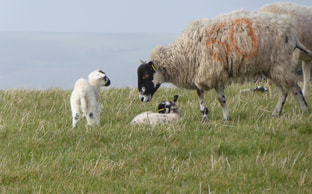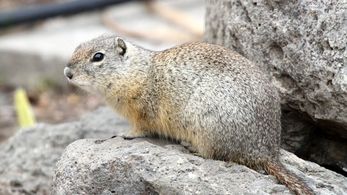PUBLICATIONS
Read some of our publications regarding Agricultural Wildlife Management
PRESENTATIONS
Learn more about Wildlife Management with these videos below!
|
|
|
|
|
|
QUESTIONS AND ANSWERS WITH THE SPECIALIST
Our resident specialist Dr. Nicki Frey answers your animal related questions on a weekly basis on our page "Questions from the Community", and selects one to highlight. For more questions and answers, see our "Questions from the Community" page. Have a question? Go ahead and ask it below, we'll answer it within a day or two.

How to Identify a Ground Squirrel versus a Utah Prairie Dog?
Click here to learn how to tell the difference between Ground Squirrels and Utah Prairie Dogs
Click here to learn how to tell the difference between Ground Squirrels and Utah Prairie Dogs
ADDITIONAL QUESTIONS?
|
|




